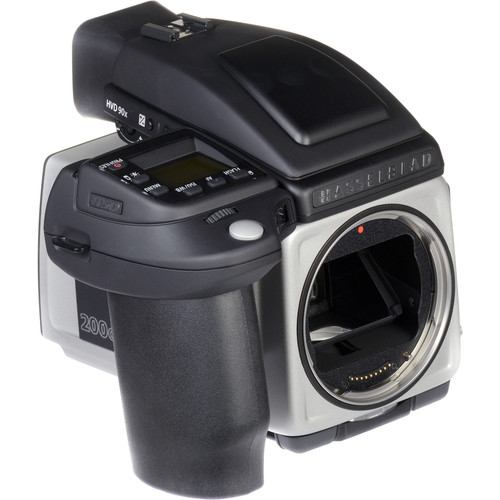Well, a camera obscura is a device that is basically a darkened room. That's where it gets the name. Camera comes from the latin word for room or chamber, and obscura comes from the latin word for darkened. So a camera obscura is a darkened room.
Lucida is a word that comes from the latin word for bright or light. And so, a camera lucida is a room that is bright and lucid. That's because it can be used without being in the dark. So a camera obscura and a camera lucida are completely different. They really don't have any relationship except that they are both pre-photographic tools that are used to make accurate drawings in the days before photography.
The camera lucida was invented in the early 1800s. It was was used by scientists, artists and travelers to get a very accurate drawing of the world. Back then, if someone wanted a picture of something they saw, they had to draw it because photography wasn't invented yet.
A camera lucida works by creating a kind of superimposed image over the top of the drawing paper. It isn't a projection, it just kind of looks like it. A person looks through a prism to see both an image of the drawing paper and an image of their subject at the same time. Then all they have to do is trace what they see and the picture looks pretty good.
I just posted a new video of a camera lucida in action.
Enjoy!



